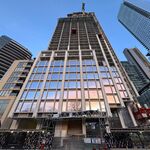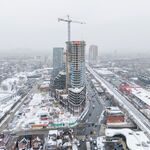Northern Light
Superstar
I was told a couple years ago that about 90% of asphalt that's being laid is recycled from old roads. Has that changed and if it hasn't then why would the cost go up relative to oil price.
Recycling replaces the aggregate, not the bitumen/oil.
This article from 2016 suggests that recycling in new pavement tops out at 40% (maximum permissible under some municipal contracts)
That includes recycled motor oil and up to 20% recycled aggregate/pavement.
I'm not sure if there's been any change in the last 5 years.
The last time the government put the Aggregate strategy out for consultation, the environmental movement was seeking a provincial minimum for recycled content in pavement of 20-30%




